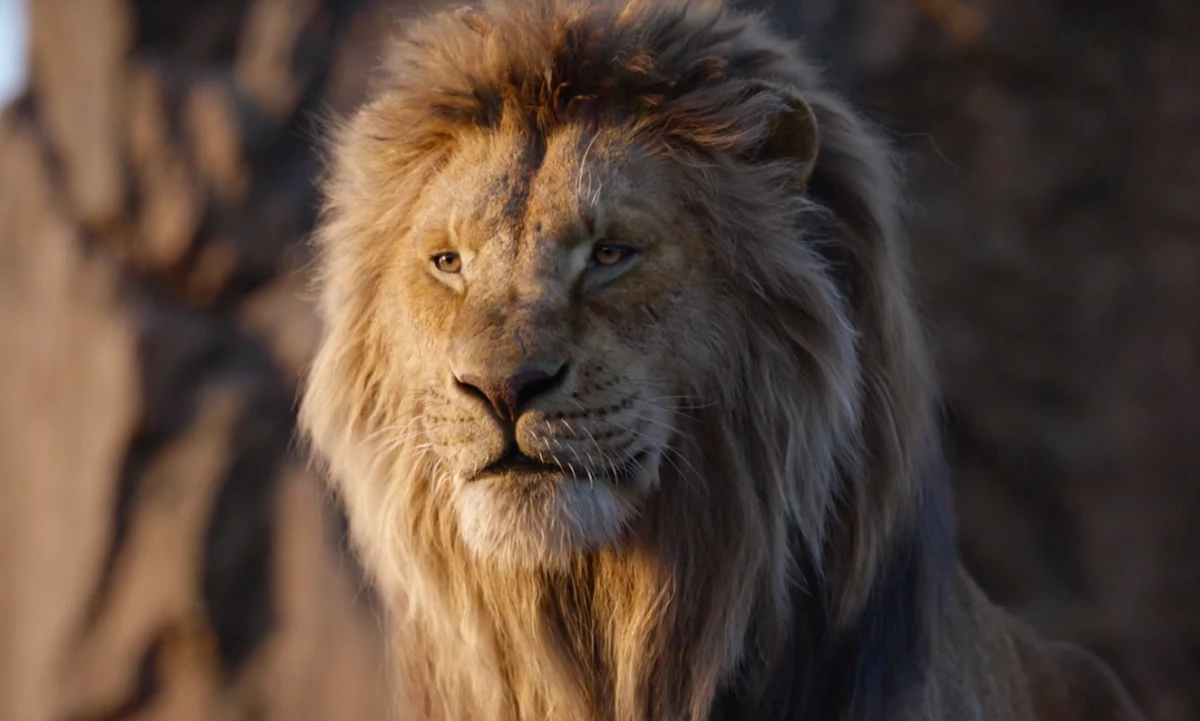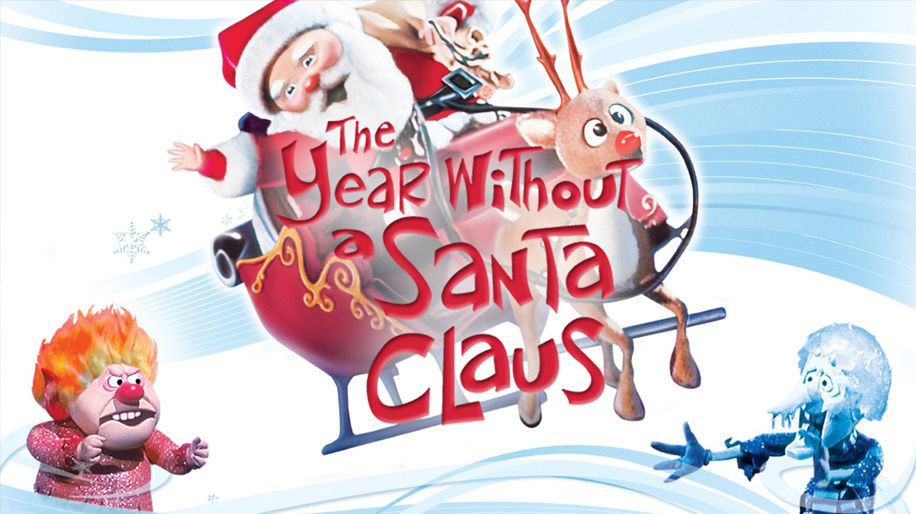Movie
The Last Voyage of the Demeter: Double-knock on wood!
Adapted and written largely from the Captain’s Log chapter of Bram Stoker’s magnum opus Dracula, The Last Voyage of the Demeter tells the story of Dracula’s journey by ship from Carpathia to London, and what happened to her crew in the interim.
So here we are in Bulgaria, middle of 1897, and Captain Eliot (Liam Cunningham) of the Russian schooner Demeter is here to take on some strange cargo from some unknown client and transport it to Carfax Abbey in London. In need of some extra hands, the Captain sends out his capable Second Wojchek (David Dastmalchian) to scout for some, and initially the roving black doctor and aspiring philosopher Clemens (Corey Hawkins) is passed over in favor of more work-roughened men. The adorable cabin boy of the Demeter, Toby (Woody Norman), narrowly misses being crushed by the mysterious dragon-marked crates being loaded onto the ship, saved by Clemens himself and switched out with the superstitious sailors running from the Demeter like they had been poisoned by the sign of Dracul. And now, armed with some nine or so crewmen, Doc Clemens, and Captain Eliot himself, the twenty-four strange what looks like coffins adorned with dragon signs brought mostly safely aboard, the Demeter can make for open water and the Hell that awaits them there.
The duty of showing Clemens around the ship falls to a cheerful Toby, who proudly shows him the living areas, the Captain’s quarters, the very-large cargo hold, the galley and kitchen where the overly-devout Joseph (Jon Jon Briones) cooks the crews meals, the various above decks, even the sails, and the rigging are all at least touched on, and the livestock pens that Toby himself is in charge of, including the handsome good-boy doggy Huckleberry, or just Huck. We the audience get a very clear feeling of what it’s like to actually be aboard the Demeter, just how large she really is, and what living on a ship for months at sea is really like, the reality and practicality and the dangers of it.
Everyone more or less settles in for a hopefully uneventful voyage, taking mess around the common table and exchanging ideas or aspirations for when they arrive in London early thanks to the fair winds, and receive a handsome bonus for their troubles. But that involves being alive and making it to London to spend said bonus and pay, and the coffin crates spilling dark soil from the motherland and disgorging all sorts of other nasty secrets, have some serious plans to the contrary.
First, it’s the livestock, innocent and shrieking in their locked pens as a monster takes great furious bites out of their necks, and of course, the creature just straight up ruins poor doggy Huck. Then there’s the fully grown girl that gets dislodged from an open coffin-crate, covered in bite scars and as pale as death, she eventually starts interacting and talking after several blood transfusions from Doc Clemens, Toby learns her name is Anna (Aisling Franciosi). And then, as the weather turns foul and the winds begin to be a serious problem, the attacks turn toward the remaining humans onboard the Demeter.
Most people these days are familiar with Dracula, that gorgeous cunning vampire Elder who can supposedly transform into a bat or a wolf, seducing women to voluntarily offer up their veins like an unholy sacrament, a being at once beautiful and powerful, but also horrific and murderous if given half a heartbeat to smell your blood. This is not Dracula.
Instead, the creature that hunts the humans occupying the Demeter is an absolute monster, not a single human feature left to it, barely even recognizable as humanoid-shaped, instead boasting not just full-length bat wings but an entire exo-skin of bat membranes that can be used for feeding, a mouth full of needle-like teeth akin to a predator of the deepest darkest parts of the ocean, those yellowed Nosferatu eyes that will not tolerate light in any way, and of course giant pointy bat-ears. This is a thing, a grotesque straight from the depths of Hell, and no amount of glamor magic can make this Dracula (Javier Botet) seem like anything other than what he, is – a parasitic demon who only wants your blood. There is no reasoning with it, no trapping it, not even really any talking to it (kinda hard to talk when your throat has been ripped out), and, like the much more frightening Dracula stories of old, no amount of pure faith behind a symbol does anything other than give false hope.
Coming face to face with an actual abomination does different things to different people. The formerly delightfully foul-mouthed Abrams (Chris Walley) dissolves into a blubbering mess; poor Larsen (Martin Furulund) didn’t even get to see his own death coming; and it turns out Olgaren (Stefan Kapicic) wants to live so badly, he’ll suffer becoming a blank-eyed Renfield if that’s what it takes. All of Cook Joseph’s purported pure faith didn’t stop him from trying to take the coward’s way out and didn’t save him anyway when the sound of unnatural bat wings descended on him. I find that kind of irony delicious. Dear Anna, resigned to her fate to be eternal food for the horror that terrorized her village, nevertheless wants to try and save whoever is left of the Demeter with her own sacrifice, and there aren’t many. Wojchek of course wants to kill Dracula, but for all his logic and solid practical nature, has no experience whatsoever with this sort of thing, and sure doesn’t want to sacrifice the Demeter, the beloved ship he called home that was promised to him by Captain Eliot himself, in order to destroy that demon. Even poor sweet Toby isn’t safe from the creature’s clutches, and what happens to the cabin boy of the Demeter is what finally sends Captain Eliot over the blooming edge. And who could blame him? For this sort of thing to happen during the last voyage of such a proud, solid ship as the Demeter, is some serious bullsh*t.
To leave such a film open for a potential sequel, especially when called the last voyage of something, was a pretty hefty ask, and somehow the filmmakers managed it. I personally think a different version of Van Helsing, the infamous vampire hunter, teaming up with a certain black doctor who nurses a serious grudge against Dracula, could be a kickass sequel. Until then, experience the doomed final journey of the Demeter and her poor crew in all it’s bloodstained glory, in theaters now!
Movie
‘Mufasa: The Lion King’ Will Leave You Breathless

“Mufasa: The Lion King” is a visually stunning addition to the beloved Lion King franchise, offering a fresh and emotionally resonant take on the origins of one of Disney’s most iconic characters. The film beautifully explores Mufasa’s journey, balancing heartfelt moments with touches of comedy that lighten the mood and make the story accessible to audiences of all ages. The animation is breathtaking, capturing the vibrant landscapes and lush environments of the Pride Lands, adding depth to Mufasa’s character and his relationships.
The storytelling is compelling, effectively pulling at the heartstrings while providing insights into Mufasa’s character before he becomes the legendary king. However, the setup for Scar’s betrayal feels somewhat underdeveloped, lacking the deeper motivation that could have enriched their complex brotherly relationship. This missed opportunity leaves a slight gap in understanding Scar’s actions, which could have elevated the dramatic stakes.
The musical score is impressive, featuring memorable songs that enhance the emotional impact of pivotal scenes. While there are several standout tracks, one song, in particular, resonates deeply and is sure to linger in viewers’ minds long after the credits roll. Overall, “Mufasa: The Lion King” is an amazing film and a worthy addition to the Lion King lore that manages to deliver both laughter and tears, offering a rich tapestry of storytelling that fans will appreciate.
Movie
Is ‘Kraven the Hunter’ a Total Letdown?

“Kraven the Hunter,” directed by J.C. Chandor, aims to introduce a beloved Spider-Man villain to the big screen, but unfortunately, it falls short of expectations. The film suffers from noticeable issues, notably an overuse of ADR (Automated Dialogue Replacement), which detracts from the authenticity of the characters’ interactions and contributes to an uneven audio experience. This technical flaw is compounded by rough storytelling that feels disjointed and lacking in coherence, leaving viewers struggling to connect with the narrative.
Aaron Taylor-Johnson delivers a commendable performance as Kraven, showcasing the character’s gritty nature and complex motivations. His portrayal has potential, and it’s evident that he could elevate the character far beyond what is presented with a stronger script and direction. However, the absence of Spider-Man, a central figure in Kraven’s lore, leaves a void that the film struggles to fill. Without this critical connection, the plot meanders and fails to create the tension or stakes that fans of the superhero genre crave.
Additionally, including Rhino as a villain feels like a missed opportunity; he is presented more as a gag character with limited screen time, undermining any sense of threat or depth. For the average moviegoer, “Kraven the Hunter” might entertain but ultimately feels like a mediocre viewing experience. Comic book fans, however, may find disappointment in this lackluster attempt to create a solo character film. Instead of an exhilarating dive into Kraven’s world, the film presents a watered-down version, leaving audiences wishing for a more cohesive vision that honors its comic book roots.
Movie
A Brief Review and History of A Year Without a Santa Claus

A Year Without a Santa Claus, the 1974 stop-motion holiday classic produced by Rankin/Bass, is a heartwarming and whimsical tale that has cemented its place in holiday traditions. Based on Phyllis McGinley’s 1956 book, the story revolves around a disheartened Santa Claus who, feeling unappreciated, decides to take a year off from his Christmas duties. It’s up to Mrs. Claus and a pair of well-meaning elves, Jingle and Jangle, to reignite the Christmas spirit and show Santa the world’s unwavering belief in him.
The movie is beloved for its unforgettable characters, especially the bickering Miser Brothers, Snow Miser and Heat Miser. Their catchy, vaudeville-style musical numbers, “Snow Miser Song” and “Heat Miser Song”, are so iconic they’ve become cultural touchstones, often parodied and celebrated decades later.
Directed by Arthur Rankin Jr. and Jules Bass, the film continues the duo’s tradition of stop-motion magic, blending heartfelt storytelling with quirky humor. The voice cast, featuring Mickey Rooney as Santa and Shirley Booth as Mrs. Claus, delivers standout performances. Booth’s warm narration was her final acting role before retirement, adding a layer of poignancy to the film.
Initially released on December 10, 1974, on ABC, the special didn’t immediately achieve the legendary status of Rudolph the Red-Nosed Reindeer. However, it gained a dedicated following through annual holiday airings, nostalgic appeal, and its distinct charm.
The film’s themes of hope, unity, and rekindling joy remain timeless, making it a perennial favorite for audiences of all ages. Its blend of humor, catchy songs, and a touching message about believing in magic and goodwill ensures its enduring legacy during the holiday season.
For fans of holiday classics, A Year Without a Santa Claus is a must-watch that never fails to warm hearts and spread cheer.


